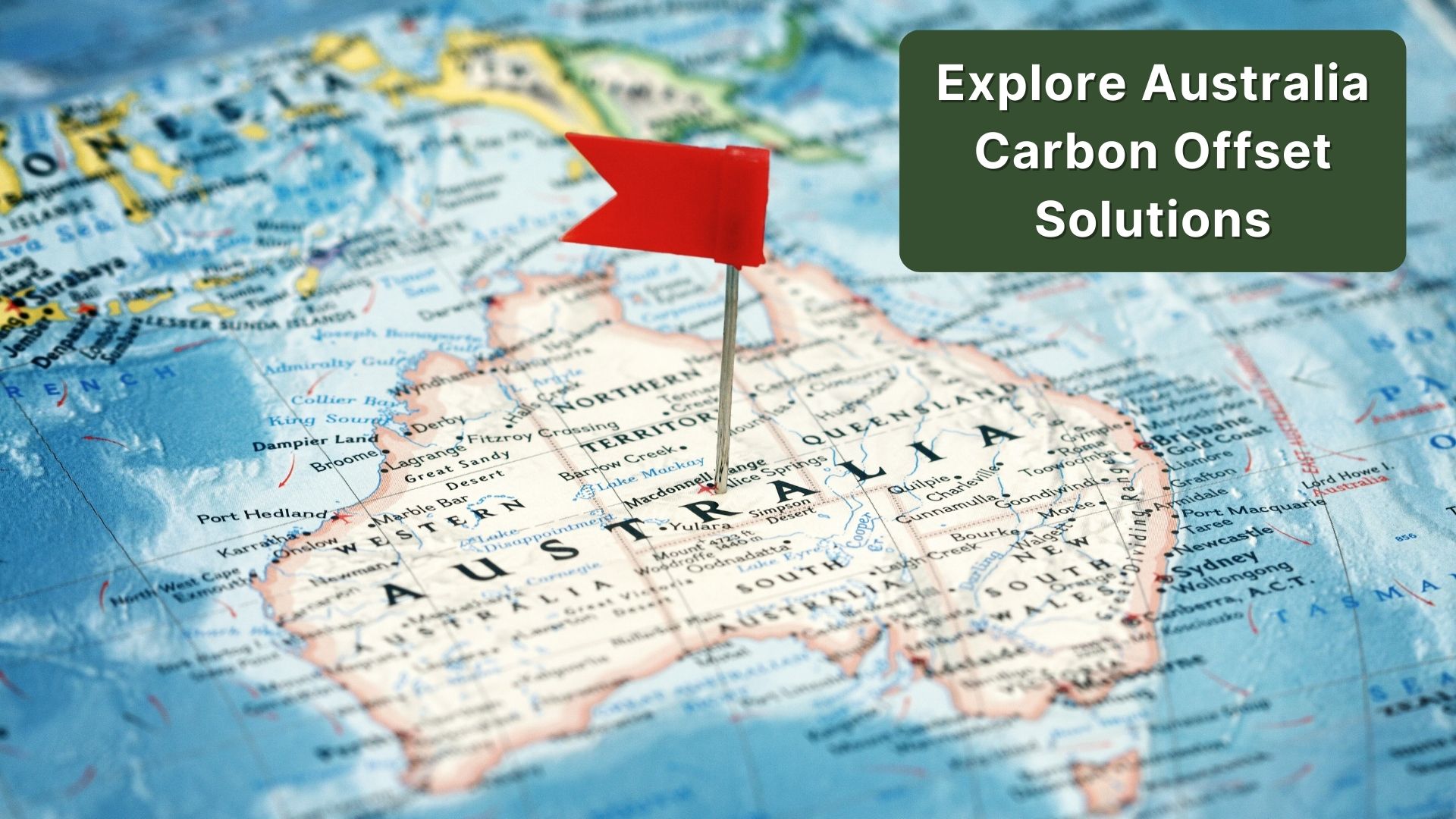Carbon Offsetting in Australia: A Local's Guide
Others

Australia's carbon offset landscape offers unique opportunities, driven by Indigenous knowledge, savanna burning, and local engagement.
What Makes Australian Offsets Special?
Aboriginal Fire Management Success Stories
Projects like Arnhem Land Fire Abatement (ALFA) leverage traditional knowledge to combat large-scale wildfires. Early dry-season burning creates natural firebreaks, reducing late-season fire intensity and emissions. These efforts also generate significant cultural, social, and economic benefits for Indigenous communities, including job creation and the preservation of cultural practices. [1] [3]
Why Savanna Projects Work So Well Here
Savanna burning projects thrive in Australia's northern landscapes due to their alignment with the region's seasonal climate. Controlled burns not only reduce greenhouse gases but also enhance biodiversity by protecting sensitive ecosystems.[1] [2]
Local Projects You Can Actually Visit
Many Australian carbon projects encourage transparency, allowing locals and visitors to see the impact of their contributions firsthand. Organizations like ALFA facilitate ranger-led tours to demonstrate their work on the ground, making the process tangible and inspiring. [2]
How to Get Involved
Best Local Offset Providers
Providers such as ALFA and Carbon Positive Australia offer high-integrity offsets, prioritizing environmental and community co-benefits.
Price Comparison (Current Rates)
Carbon offset rates in Australia vary widely, typically ranging from AUD $10–30 per tonne of CO₂e. Rates depend on factors such as the project's location, scale, and co-benefits. [4]
Which Projects Give the Most Bang for Buck
Savanna burning and reforestation projects are among the most impactful, offering both emissions reductions and additional social or biodiversity benefits. [3]
Indigenous Success Stories
The Arnhem Land Fire Project Results
The WALFA project alone has avoided over 770,000 tonnes of CO₂ emissions and created over 100 jobs for Indigenous communities. It demonstrates how combining traditional fire practices with modern carbon accounting can achieve substantial environmental outcomes. [1] [2]
How Traditional Knowledge Saves Carbon
The integration of "firestick farming" has restored balance to fire-prone ecosystems, protecting both the land and cultural heritage. [1] [3]
Communities Benefiting Right Now
Indigenous rangers managing projects like ALFA have seen increases in employment, skill-building, and stronger community ties through environmental stewardship. [2]
What’s Working (And What’s Not)
Most Successful Project Types
Savanna burning and large-scale reforestation projects consistently deliver measurable emissions reductions and meaningful co-benefits. [1] [2]
Common Pitfalls to Avoid
Projects lacking local involvement or transparency often fail to deliver long-term impact. Prioritizing Indigenous leadership and rigorous carbon accounting is crucial. [3]
Where the Market is Heading
The Australian carbon market is expected to grow, with increasing emphasis on nature-based solutions, transparency, and scaling Indigenous-led initiatives. [2] [3]
Take a step toward understanding your carbon footprint!
Explore AtmosOffset, our comprehensive solution that helps you calculate emissions, access our API carbon calculator, directly offset emissions, and discover investment opportunities in offsets. Contact us for more information.
For more details, visit the following sources:
-https://cer.gov.au/ [1]
-chrome-extension://efaidnbmnnnibpcajpcglclefindmkaj/https://www.anz.com.au/content/dam/anzcomau/documents/pdf/aboutus/esg/2021-03/case-study-arnhem-land.pdf [2]
-Aboriginal Savanna Burning Projects: CDU Research [3]
-chrome-extension://efaidnbmnnnibpcajpcglclefindmkaj/https://www.macquarie.com.au/assets/bfs/applications/innercircle/retail-newsletter/docs/2023-08/154859.pdf [4]

